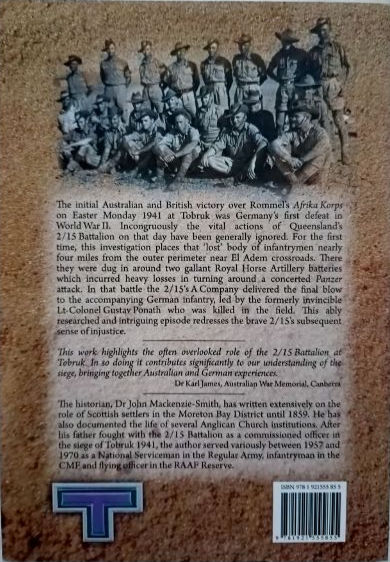Network-Based Operations For The Swedish Defence Forces: An Assessment Methodology (2004)
The Swedish government is undertaking efforts to reorient Swedish Defence Forces from homeland defence to a wider suite of missions, including operations far from Sweden-a significant change in the way Sweden is willing to employ its armed forces. Such missions include expeditionary operations with coalition partners. Therefore, a decision was made to move towards network-based operations linking sensors, decisionmakers, and combat systems to achieve shared awareness, increased speed of command, higher operational tempo, greater lethality, and increased survivability. The methodology proposed in this report suggests several operational functions, such as air and missile defense or joint force command and control, that are representative of the type of missions future Swedish forces may have to perform. Once these operational functions have been prioritised and networks have been designed that connect the elements or forces that will participate in that function, the operational functions are then grouped into interaction categories. These categories include (1)-specialized interaction, with low to medium requirements for access, timeliness, and security; (2) ubiquitous interaction, which involves a large number of organizations; (3) secure interaction, for which participants and the information exchanged must be secured both physically and electronically; and (4) real-time interaction, extremely time-sensitive combat actions requiring that very few participants have access to critical real-time data and are able to share that data, even when network connections and nodes have failed. These interaction categories support the identification of common subnetworks and analogous systems or components in the cost-estimation process, which may draw on several cost-estimation methods.
- Soft Cover
- 91 Pages
- In Good Condition
































